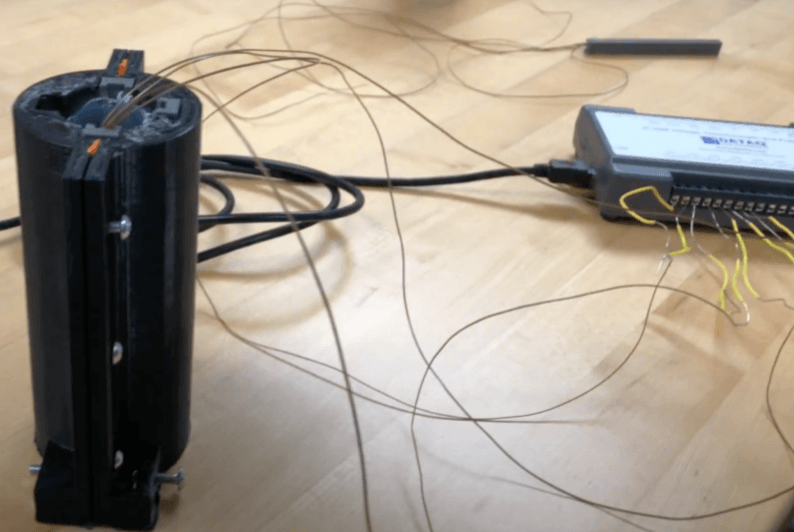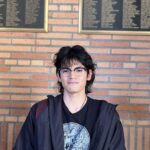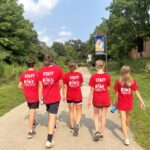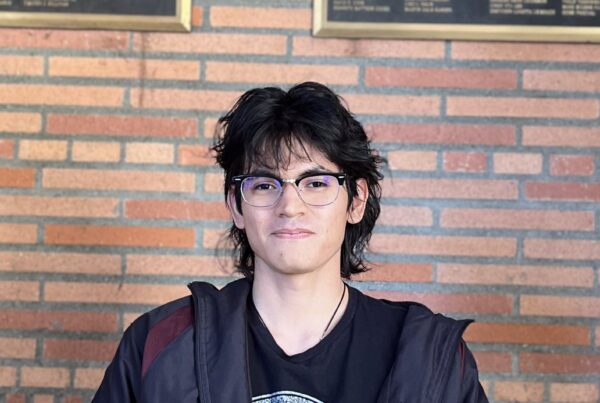Every engineering major in their senior year goes through their respective senior design course. For biomedical engineering, students can choose to take the class for a semester, which is the recommended period or to take the course for the full year expanding on the work they did in the fall, in the spring. When I took the course in the fall, our professor had reached out to members of the board to see if any of them had any projects that could be assisted with by teams of students. Two projects were presented to us as opportunities and my team decided to work with Agil therapeutics on their project. While I can’t be very specific about their device due to a non-disclosure agreement, I can tell you about what it has been like to work on our project.
Working on this project really has been a much more realistic experience than I expected with no moment directly lining up with a course but drawing on each of these different experiences to find a new approach and solution to our given problem. The realism comes less from the technical aspects than from the slapdash approach engineering sometimes needs. From spending an hour in the hardware store looking for the perfect solution to create a cheap seal of the right size to figuring out a way to jerry-rig a body-temperature water bath, nothing makes you feel more like an engineer than when something goes wrong. Every failure opens a whole realm of different ideas that need to be looked at. Having a small explosion occur and knowing immediately exactly how you messed up is a great feeling.
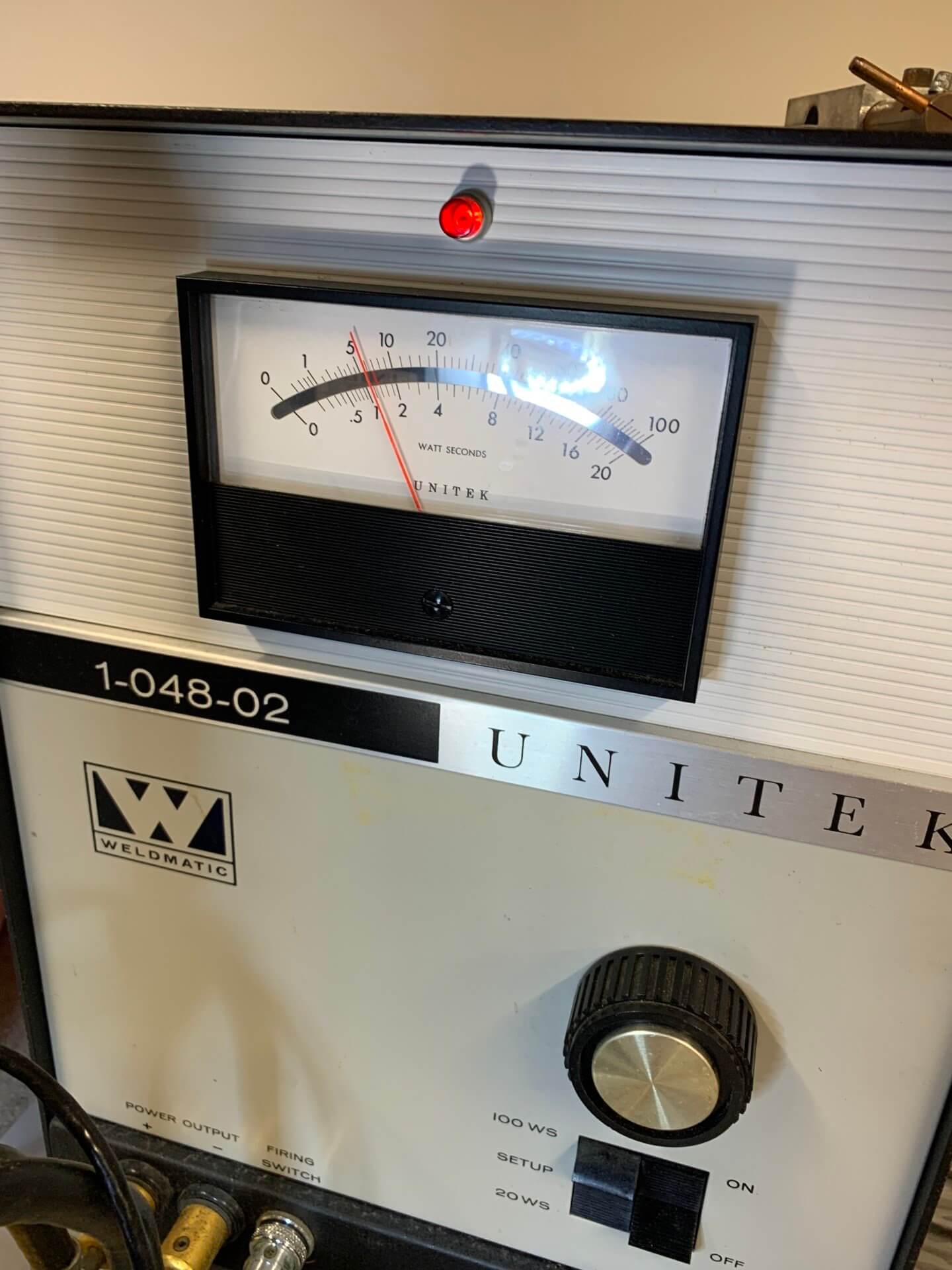
Continuing this project into another semester has been even more rewarding as the structure of the course has fallen away a bit more allowing for a lot more direct communication and direction from the company we are working with. The deadlines and assignments have given way in large part to accomplishing what the company needs from us. The machine shop is also a pleasure to work in with all the resources and machines the biomedical engineering department has available for us to use. Throughout college, there’s a bit of a looming feeling that you may not be able to translate the knowledge you’ve acquired into an industrial application. This course completely does away with any of those thoughts.

